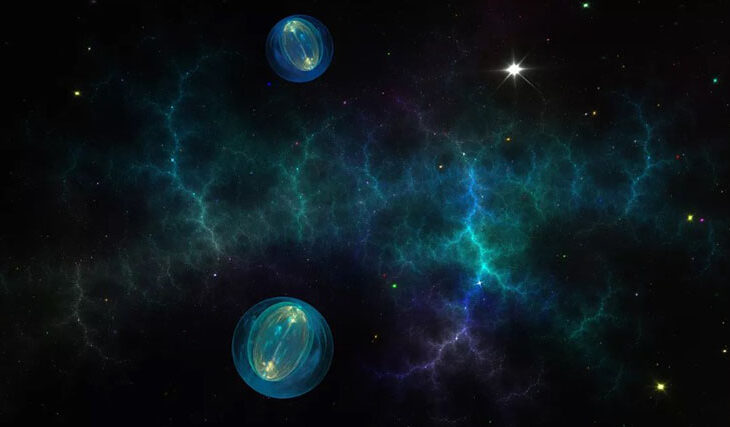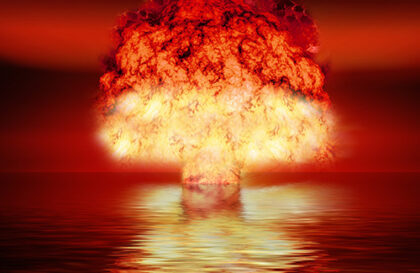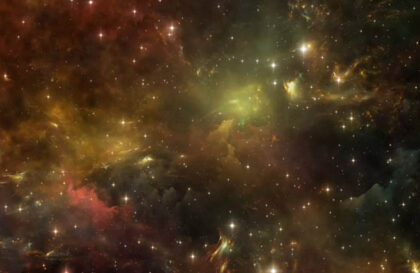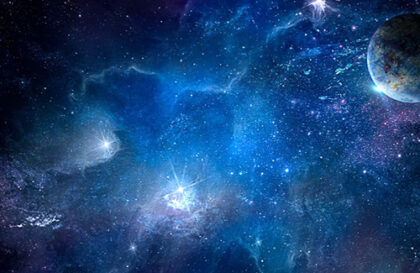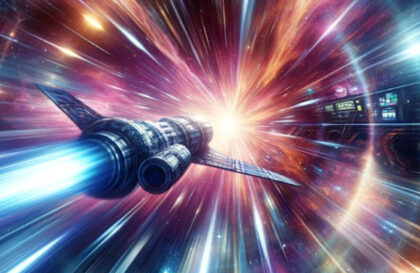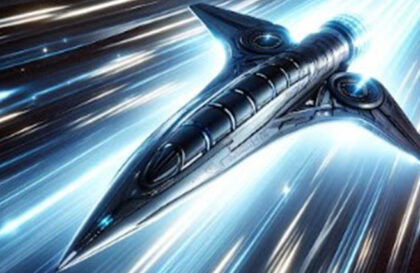What do atomic particles look like?
Protons and neutrons are considered the largest atomic particles and are located in the center of the atom. Electrons, on the contrary, form a light cloud, rotating around the nucleus. The mass of 1800 electrons is equal to the mass of one proton. Adding one proton to an atom changes its properties while adding a neutron creates an isotope or a heavier version of matter.
No less surprising is that all elementary particles, including protons and neutrons, are made up of quarks, which are considered the fundamental building blocks of the entire world.
Another interesting fact: the name “quark” was taken from the novel by James Joyce, where this word was used to refer to the sound made by ducks.
What is a quark?
Quarks are the fundamental particles that make electrons, neutrons, and protons, formed immediately after the Big Bang. At the beginning of the Universe, a few minutes after the Big Bang, after its cooling, the first quarks and electrons were formed. After 400,000 years, the temperature of the universe had dropped even further, quarks combined to form the nuclei of atoms, and later the atomic nuclei captured electrons. This process allowed the entire space to acquire helium and hydrogen atoms, which are still the most common substances in the universe.
Quarks are classified into 6 “flavors” and have their characteristics or “colors”. Each of the 6 types of quarks also has its unique name. In addition to the down and up quarks, there are also strange, charm, charm, and true quarks.
The concept of the color of quarks means far from their shade, but how quarks and other microparticles, gluons, interact.
Planck length
The Planck length of 1.6 x 10-35 meters is an incredibly small scale that is important for many aspects of physics. This length is considered the theoretical limit of a measurable length that cannot be measured by any known instrument due to the uncertainty principle.
The Planck length also marks the boundary between general relativity and quantum mechanics. At this scale, the gravitational field becomes so strong that it can lead to the formation of black holes. Perhaps all the smallest objects in the universe have a size close to the Planck length.
Superstrings, singularities, and even grains of the universe could be about the size of the “Planck length.”
Superstrings
In experiments, it seems that quarks and electrons behave like points without spatial volume, but this creates difficulties in physical laws due to potential infinities. The superstring theory idea suggests that all particles are made up of small loops of strings, and this avoids the problem of infinities since nothing can get infinitely close to a string due to its finite dimensions.
Another way to solve the problem of point particles is to consider that space is not continuous and smooth, but consists of discrete units, like pixels or grains, called the foam of space-time. It also prevents infinite closeness between particles, as there is always a minimum size that separates them. However, at the moment, there is no experimental evidence to support string theory or the concept of discrete space.
Singularity
The singularity at the center of a black hole is considered one of the smallest objects in the universe. Black holes form when matter shrinks into a tiny space where gravity dominates and matter shrinks inwards, creating an infinite density.
However, many experts believe that black holes may not have infinite density and that this phenomenon is due to a contradiction between general relativity and quantum mechanics.
Others suggest that black hole singularities are likely much smaller than quarks, perhaps millions or even billions of times smaller than anything we’ve seen so far. This could bring singularities closer to the size of superstrings if they exist.
Image credit:
https://www.livescience.com
https://www.fnal.gov
https://www.brecorder.com
